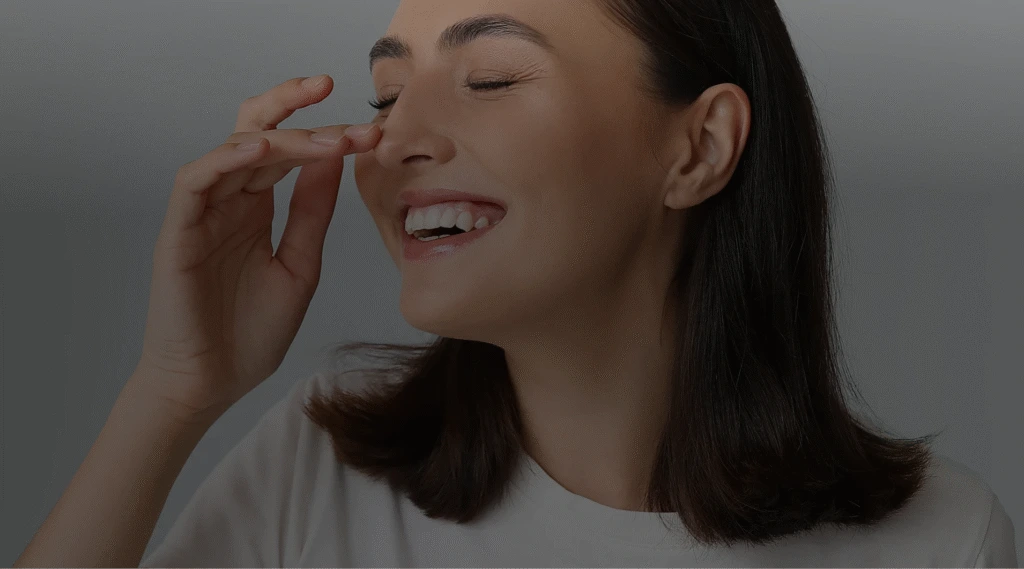
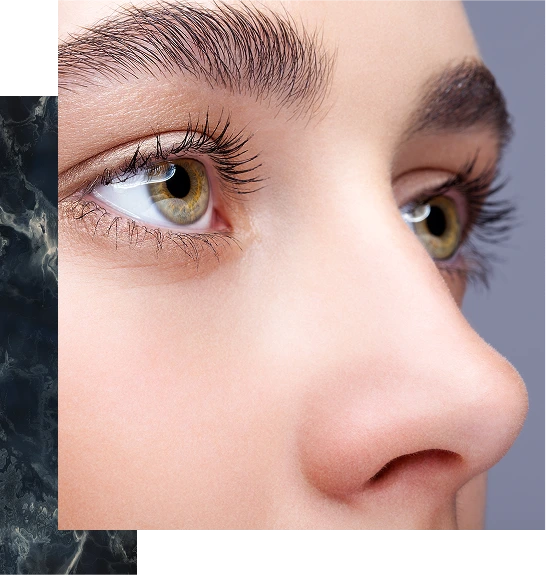
Rhinoplasty is a surgical procedure that alters the shape or structure of the nose. It can involve changes to the bone, cartilage, or skin, depending on the specific goals of the surgery. The technique used may vary based on anatomical features and the desired outcome. On average, the procedure takes about two to three hours to complete. It is typically performed under general anesthesia in our outpatient surgical setting.
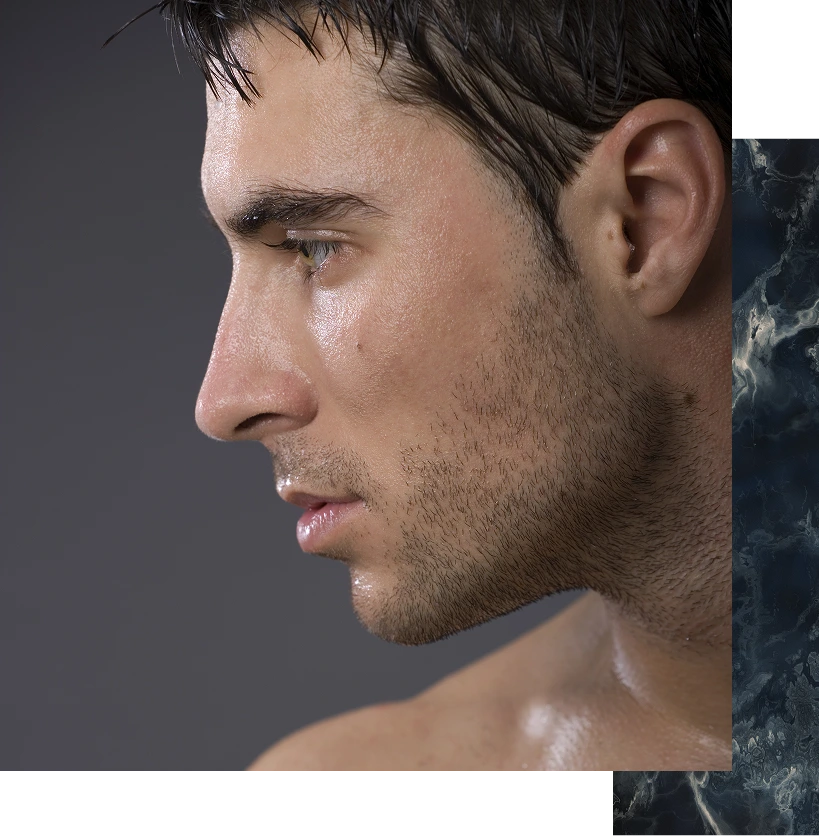
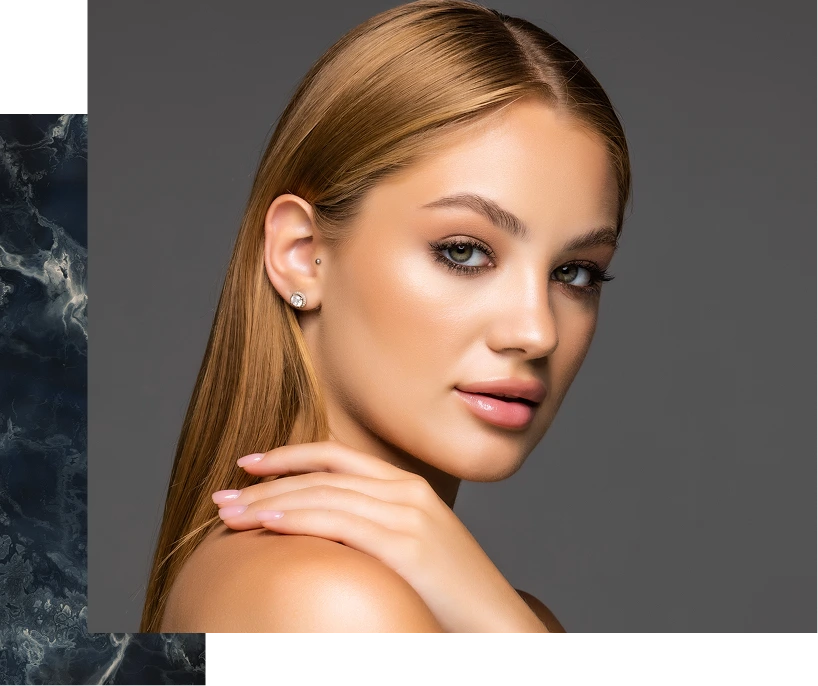
Our Scottsdale plastic surgeons can help you achieve a new look for your nose. A specialized rhinoplasty treatment plan formulated by Dr. Yao and the team at Forma Plastic Surgery has a number of aesthetic and practical benefits, including:
Schedule your personalized consultation today and take the first step toward feeling confident, informed, and supported.
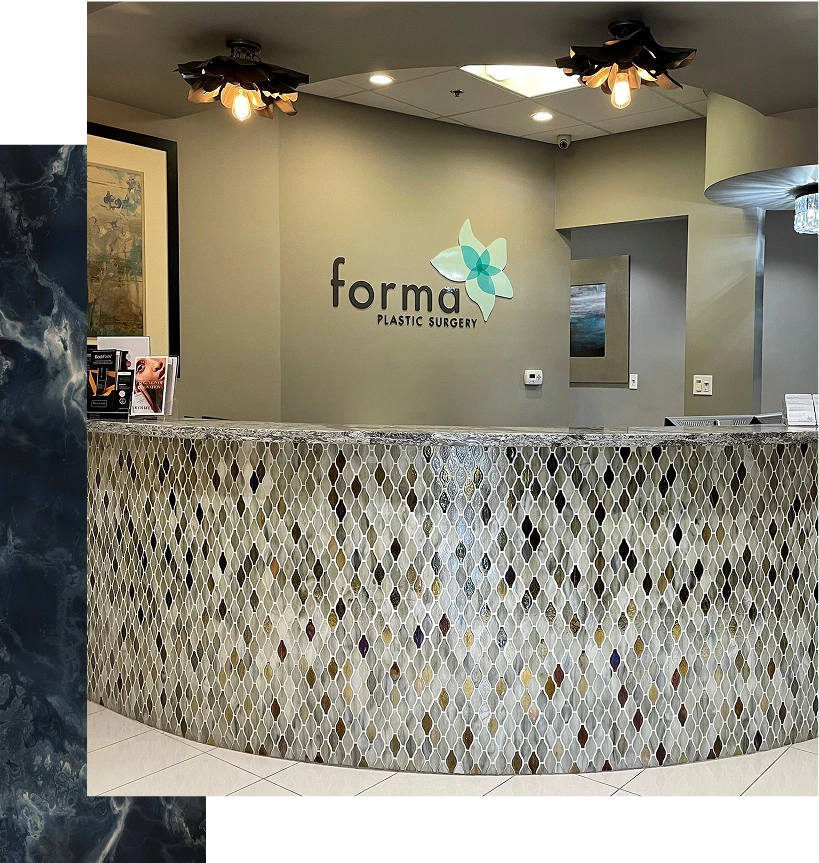
Blepharoplasty, or eyelid surgery, removes excess skin and fat from the upper and/or lower eyelids to create a more refreshed, youthful appearance. It can help reduce under-eye puffiness, sagging lids, and visual obstruction caused by drooping skin.
A facelift tightens sagging facial tissue, smooths deep creases, and repositions skin and fat for a rejuvenated, natural look. It targets the mid-to-lower face and neck, addressing common signs of aging without altering facial identity.
Chin augmentation enhances the size and projection of the chin using implants or injectable fillers. It improves facial balance and is often combined with rhinoplasty to strengthen the overall profile.
Ear augmentation reshapes or repositions the ears to improve proportion and reduce prominence. This procedure is commonly used to correct congenital deformities or restore symmetry following injury.